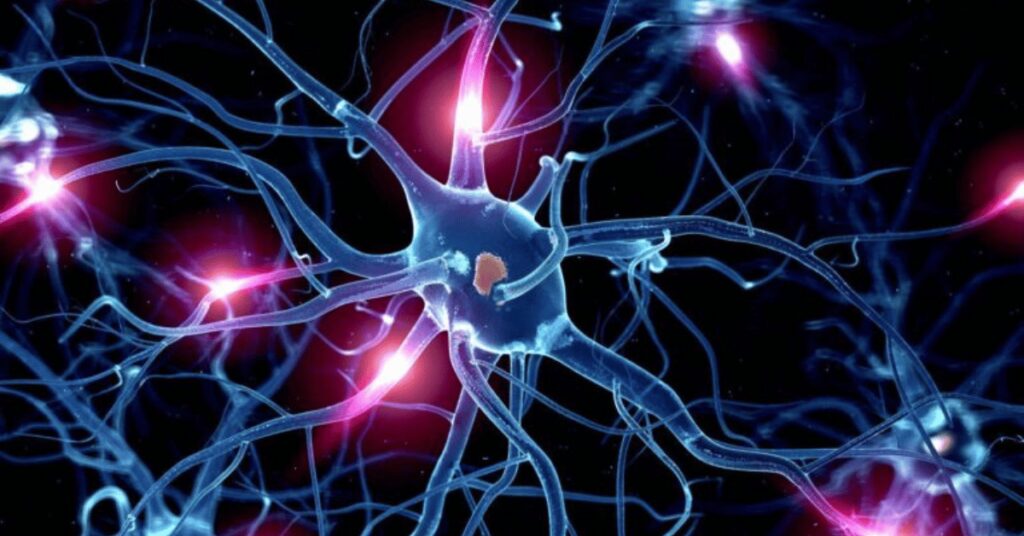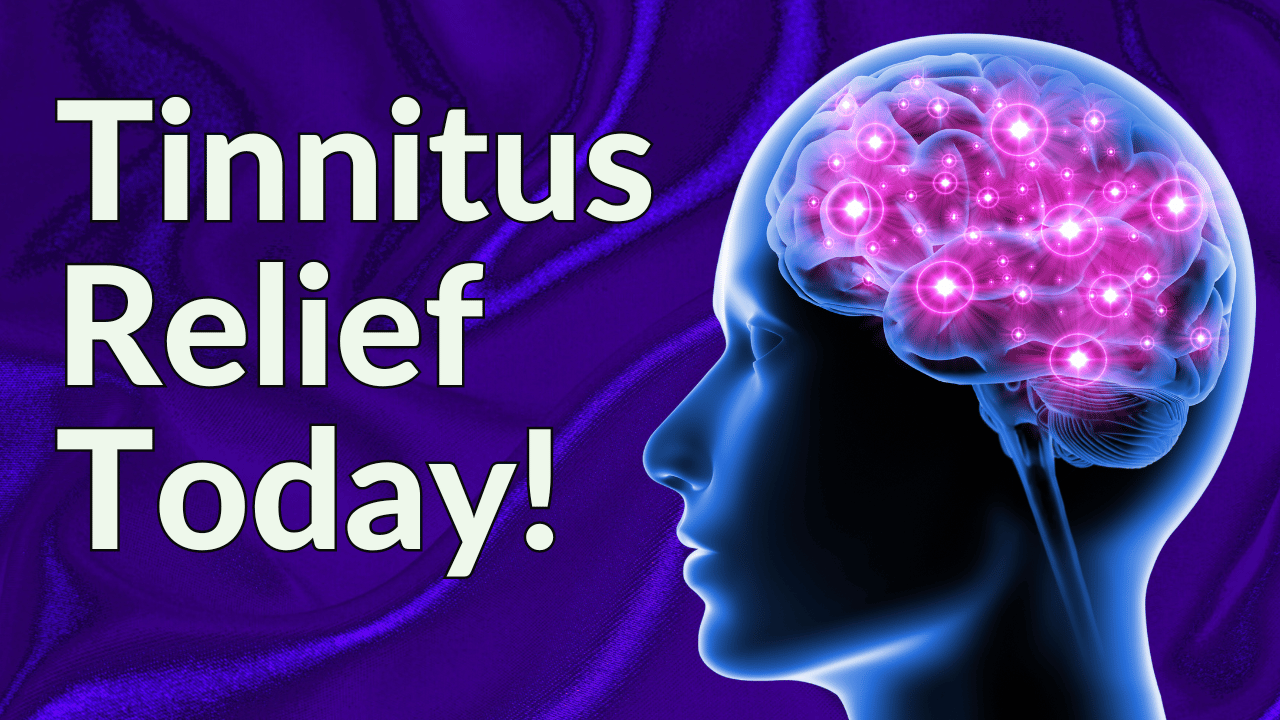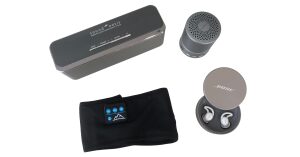A 2020 study published in Science Translational Medicine reported that a new therapy for tinnitus had succeeded in effectively reducing symptoms in four out of every five participants of the clinical trial. The study was big news for the auditory health community, since no cure for tinnitus currently exists. The article touted a procedure called bimodal neuromodulation. One of several forms of neuromodulation, it’s an intervention that combines sound and tongue stimulation to non-invasively rewire brain circuits, with a device now called Lenire.
If that sounds both promising and complicated, let’s break down the science of how a procedure designed to heighten the brain’s sensitivity to sounds might actually serve to suppress the noise in your ears.
The Science Of Neuromodulation
Data suggests that as many as one in ten adults in the U.S. struggle with tinnitus, with a quarter having lived with the condition for at least a decade. Despite an extensive body of research, however, the condition lacks either a cure or any pharmacological intervention to eradicate the ringing in the ears. Instead, psychosomatic treatments like meditation, cognitive behavioral therapy, and sound therapy are regularly used to mitigate symptoms and help sufferers co-exist with the condition.
"Treble Health helped me reduce my tinnitus by about 80%, and now I can live my life again!"

"Treble Health helped me reduce my tinnitus by about 80%, and now I can live my life again!"
– Steve D.
Book a free consultation to learn which Treble Health solution is right for you. Join Steve and thousands more who have found lasting tinnitus relief.
In recent years, more sophisticated forms of neuromodulation have emerged. The International Neuromodulation Society defines the practice as “the alteration of nerve activity through targeted delivery of a stimulus, such as electrical stimulation or chemical agents, to specific neurological sites in the body.” It’s kind of like a cardiac pacemaker for pain, except rather than aiding the heart in getting back into rhythm, it helps the nervous system regulate its own function when pain or discomfort cause it to kick into gear. In fact, one of the very first uses of neuromodulation technology to restore function to the nervous system was in cochlear implants – a device that bypasses damaged cells in the inner ear (or cochlea) to directly stimulate the auditory nerve, thus improving hearing.
Use Of Neuromodulation
Application of neuromodulation is broad. It’s been used effectively to treat chronic pain, migraines, pelvic disorders like incontinence, neurological disorders like cerebral palsy and multiple sclerosis, and has even shown to ease symptoms of Parkinson’s disease.
There are a number of ways neuromodulation can be administered. In the case of its use to aid people with tinnitus, most procedures involve transcranial magnetic stimulation (TMS), acoustic stimulation, and bimodal stimulation.
The first – TMS – is a noninvasive procedure that uses magnetic fields to activate the brain. It’s thought to work by reducing activity of the auditory cortex, which is the part of the brain that processes sound. In studies, however, TMS has had mixed results and still seems a ways off from making a meaningful impact on reducing tinnitus.
Acoustic stimulation neuromodulation therapy involves using specific sounds to reduce the enhancement of the tinnitus signal in the nervous system. A specific type of acoustic neuromodulation therapy (Desyncra) attempted to use four tones around the frequency of the tinnitus to accomplish this. Desyncra, Neuromonics, and Levo are companies that have attempted to use acoustic stimulation neuromodulation devices for tinnitus, but again, the jury is still out.
And then there’s bimodal neuromodulation, which is the new modality attracting attention.
Bimodal stimulation involves using two different types of stimulations at the same time, usually an auditory and a somatosensory stimulation. During the procedure, an electrical pulse is delivered to the tongue, for example, while the patient listens to sounds through headphones. While it may seem a bit unconventional, studies show that the stimulation can be effective in reducing tinnitus symptoms. Even more exciting is that clinical trials indicate that relief continued for a full year after treatment, which was a first for a test cohort of the size recruited for the study that evaluated the effectiveness of Lenire. The treatment also garnered high satisfaction rates and no treatment-related adverse events.
It’s important to note that these studies are all in their infancy, so only time will tell if results translate from the lab to the real world. And yet, while more research is needed, if the success of neuromodulation in other fields such as chronic pain relief is any indication, current data is heartening.
As with any treatment, if neuromodulation piques your interest, be sure to discuss it with your audiologist first to see if it’s right for you. There are also quite a few ongoing studies to better understand use of the process, which may be a great way to both explore ways to ease your own tinnitus pain and contribute to the broader field of research.
Next Step: Book Free Consultation
- 75% of patients reduced their tinnitus within three months after following our recommendations.
- "I feel like Treble Health literally gave me my life back." - Randy S. (verified customer)
- Join thousands of people who have reduced their tinnitus after scheduling a free consultation.












